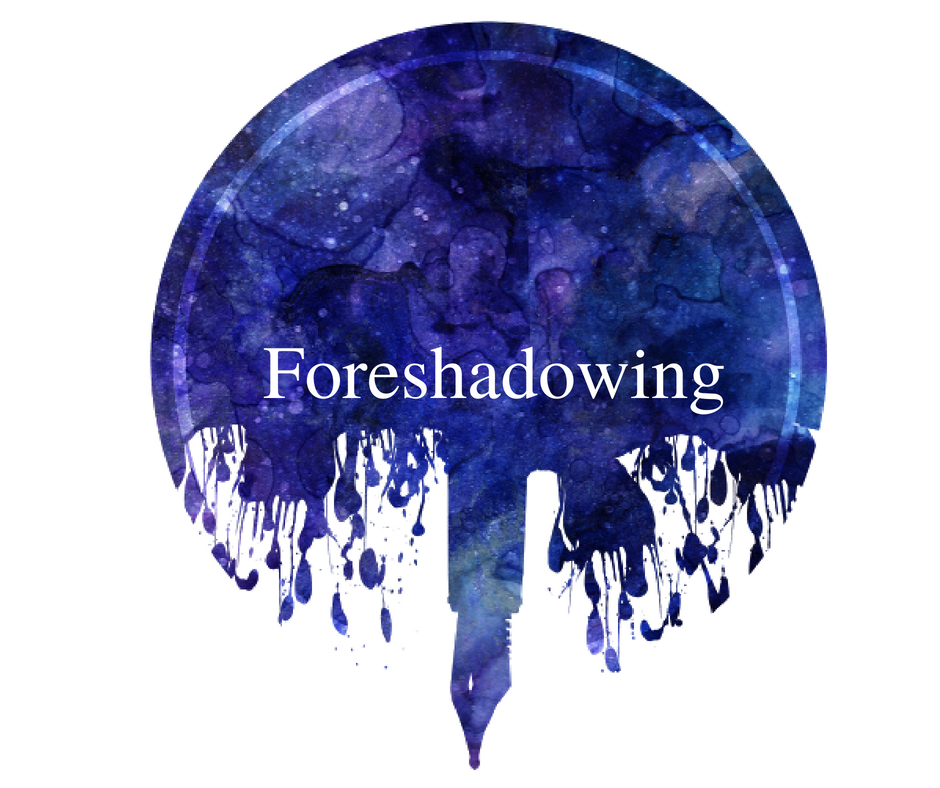Today I am going to talk about Foreshadowing your Mystery. Just in case some of my non-writing readers are following my posts this week, when I say “Foreshadowing” I am not talking about a shadow. I.e. The one Peter Pan loses and chases around Wendy’s bedroom. I am talking about laying the groundwork for surprises, for the big reveals, for the shock “I did NOT see that coming” moment we all love in a good story.
First, let’s talk about some of the best surprises in literature. Whenever I think of a POW moment in fiction, I almost always think of The Hunger Games. That moment when Peeta
The most important thing to remember as you are making your big reveals is that you need to prepare for them. Leave bread crumbs. Don’t spoil the surprise, but use the other resources you have at your disposal to prepare us for the shock.
- Use your character development, like we talked about with Peeta. When your characters do something shocking, we should already see the signs that they are capable of doing the shocking thing. Don’t give us a sweet heroine who never raises her voice above a whisper who suddenly faces an angry mob and shouts them into submission. Because…eh…we won’t buy it. We need to see her losing her temper with her pesky brother earlier in the story. We need to see her saying something quiet but sarcastic to her slightly annoying love interest. We need to see her quietly standing up for a friend in need. Then, by the time we get to the climax where she has to put herself out there and quiets an enraged mob…we will BELIEVE it.
- Use your setting and descriptions to set the tone. It’s totally fine to shock us, but set the stage with appropriate descriptions. Let us know the night is quiet and still but in an eerie sort of way, so when the assassin melds out of the shadows we already
“A lion.
A massive lion, as tall as a house…Its fur was as black as the surrounding night itself, swallowing any light that dared to reach out and touch it.”
So Sang the Dawn by AnnMarie Pavese
3. Plan ahead of time. I’m a terrible panster who has had to learn the necessity of plotting. If you know ahead of time where you are going, it is so much easier to plan for it. You already KNOW what you have to foreshadow, what kind of clues you need to lay out for your readers, and even where you need to put them. It’s easier to plan and then remove later than to get to the end, realize you have a problem, and then try to figure out a way to fix it.
I could say a lot more on the subject, but time is running short. To summarize: Know where you are going and plan how you mean to get there. Use the resources you already have in place–your characters, your setting, your dialogue, your mood and tone–and don’t forget to leave us those bread crumbs.
Your readers will be thankful you did.

